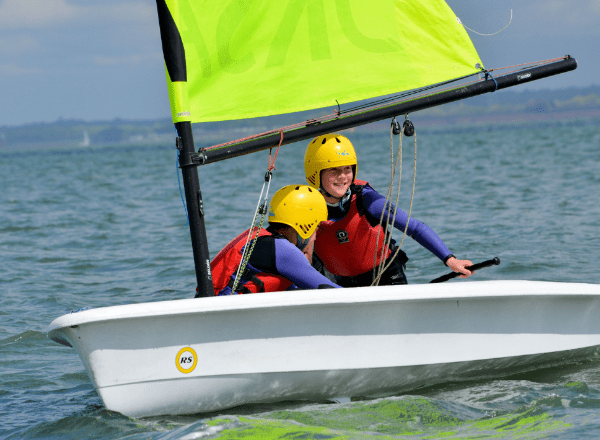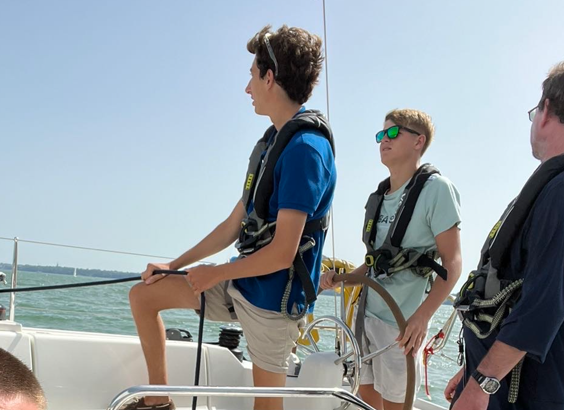Types of Clouds While Sailing
Knowing the different kinds of clouds while sailing can improve your sailing experience and safety significantly. Clouds are more than just part of the landscape; they are also predictors of weather patterns and can provide valuable insights into the weather that lie ahead. Not only is this information useful, but it can make your maritime experiences even more enjoyable.
Cloud Types and Groups
When we dive into the realm of meteorology, especially when it comes to sailing clouds, it’s important to understand that clouds are divided into various groups according to their appearance and altitude. Sailors can better plan their route and anticipate weather changes with the aid of this classification.
Cumulus Clouds

The most identifiable type of clouds are probably cumulus, which are frequently connected to pleasant weather. It will be a pleasant sailing day when you see these fluffy, cotton-like clouds strewn across a clear blue sky. When the sun warms the earth’s surface, air rises, cools, and condenses, resulting in the formation of these clouds.
Stratus Clouds
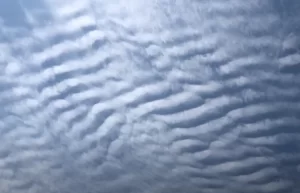
Stratus clouds, which frequently bring drizzle or light rain, resemble a uniform grey sheet covering the sky. These clouds portend a wet day for sailors. Although they don’t usually indicate bad weather, their presence indicates low visibility, which is important for safe navigation.
Cirrus Clouds
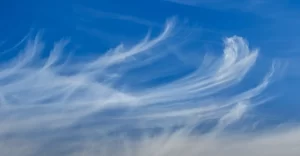
Cirrus clouds are thin, wispy clouds found high in the sky that typically signal a change in the weather. Cirrus clouds are a common precursor to frontal systems, which can indicate changes in wind patterns or an impending storm for sailors. Sailors can better prepare for changing conditions by keeping an eye on these clouds.
Nimbus Clouds
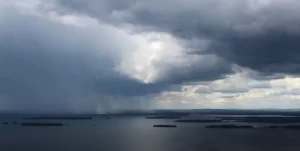
The rain-bearers are the nimbus clouds. These heavy, thick clouds cover the sky and are frequently accompanied by nonstop snowfall or rain. When sailors notice nimbus clouds while sailing, it’s time to put on waterproof gear and make sure everything is secured on board.
How to Predict the Weather with the Clouds
When sailing, knowing the different types of clouds can be your first line of defence against unforeseen weather shifts. Every type of cloud can provide you information about atmospheric conditions and aid in the prediction of future weather events.
- Cumulus Growing Taller: Thunderstorms may form if cumulus clouds start to grow vertically and become towering cumulus clouds. A sailor should keep a careful eye out for any sudden changes in these clouds.
- Cirrocumulus or Altocumulus: In the sky, these clouds can be a sign of instability in the upper atmosphere. They resemble tiny, rounded white puffs arranged in long rows. If you see them, there’s a chance that a storm is developing in the next 24 to 36 hours.
- Sky Coverage: Another indicator of shifting weather is a sharp increase in cloud cover. A rapidly changing sky from clear to mostly cloudy indicates worsening weather and potentially an impending storm.
Sailors can make wise decisions to ensure safety and enjoy their voyage on the water by paying close attention to these indicators and knowing the different kinds of clouds while sailing.
Start Your Maritime Training with UKSA
Setting out on an adventure to gain knowledge of sailing and maritime navigation? Begin your training at the prestigious United Kingdom Sailing Academy (UKSA), Our extensive and renowned curriculum covers everything from fundamental sailing to highly skilled maritime operations. Contact us today.



